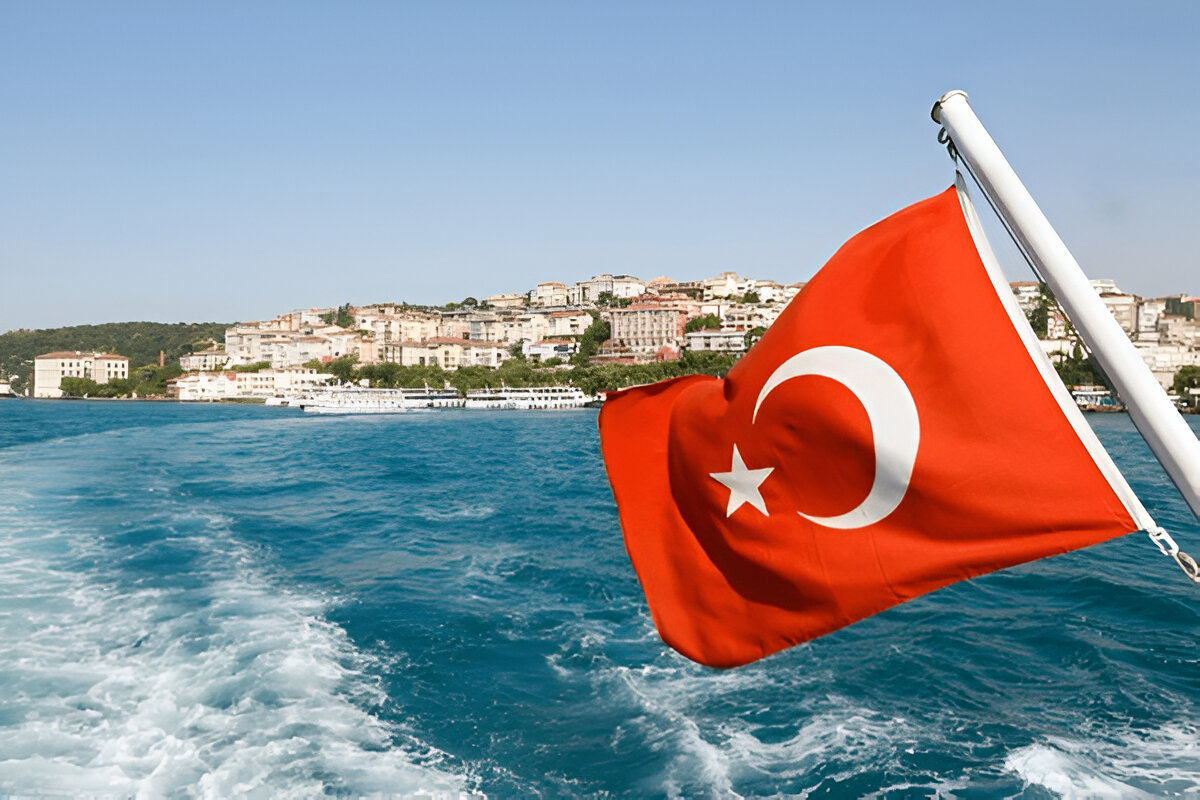Many different cultures, powers, and times have shaped India. It is not just a country. There is a story behind every city, but some towns are more than just places to visit; they are live libraries. These are places where history isn’t kept in a museum but spills out into the streets, whispers through old forts, and comes to life in ceremonies that haven’t changed in hundreds of years. If you want to do more than look at sights, these towns give you a close look at India’s long history.
Delhi: The Many Capitals Within a Capital
Delhi may have the most layers of any city in India. You walk through a different part of history with each step. Delhi has a lot of other masters and powers written all over it. It has ruins of the old city of Indraprastha, the Mughal Empire’s grandeur, and the British Raj’s colonial impact. The small streets of Old Delhi are still filled with the sound of azaan from Jama Masjid, the smell of kebabs, and the words of Mughal poems. On the other hand, the Lutyens’ zone has big boulevards and stately government buildings that look like British emperors built them. The past that formed Delhi and the whole region can be seen in Humayun’s Tomb, Qutub Minar, and the Red Fort.
INDIAN VISA FOR KOREAN CITIZENS
Varanasi: Where Time Stands Still
When you walk through Varanasi, time stops. People think the city is one of the oldest towns still in use, and it feels like that. There are no statues here to keep history. Instead, history moves with the Ganges, is chanted in Sanskrit, burns on the funeral pyres at Manikarnika Ghat, and shines in the evening aarti as a thousand diyas flash. Varanasi lives its past instead of telling it. The streets are small and often hard to navigate, but they lead to India’s sacred center. Varanasi brings history to life through faith, ritual, and a strong link to its holy roots. This is true whether you’re looking at the old buildings or hearing stories from priests to pilgrims.
Hampi: A Lost Empire in Plain Sight
Hampi, Karnataka, is unlike any other city in India. It is set in a strange environment with lots of boulders. It was the central city of the Vijayanagara Empire and was once very busy. Now, its ruins cover large areas of land and tell the story of a powerful society on par with the most extraordinary powers of its time. It feels like you’re discovering a lost tale when you walk through Hampi. The singing pillars, the Queen’s Bath, the royal gardens, and the stone chariot of Vittala Temple all look like they were frozen in time right before the kingdom fell. Hampi’s glory isn’t high like in most cities; it’s horizontal. This place’s history doesn’t just talk; it breathes through the wind, blowing past old drawings and the quiet hallways.
Kolkata: The Colonial Soul of Modern India
Kolkata is where India’s history as a colony meets its newfound intellectual curiosity. It was the first city of British India, and you can still feel that past in the streets. Kolkata was changed by more than just the British. It was also altered by the rise of Indian Renaissance thinkers, writers, artists, and rebels. You can understand how this city combines oppression with freedom of speech as you walk by the grand colonial buildings of Dalhousie Square or the book-filled stands on College Street. On the surface, the Victoria Memorial, the Marble Palace, and the Indian Museum show the city’s history. But the real history goes on in the arguments in coffee shops, tram rides, and old Bengali homes where stories never end.
Madurai: The Ancient Temple City
Madurai is in the southern part of Tamil Nadu. It is a city with Dravidian design and customs that go back thousands of years. The Meenakshi Amman Temple is the beating heart of the city. It is a place of prayer and a reminder of Madurai’s long past. With its tall gopurams decorated with brightly colored gods, the temple is an architectural masterpiece and a holy record. The markets in Madurai, the sung Tamil poems, and the rhythm of the city’s old events all make it feel like the city remembers its past and lives it every day.
INDIAN VISA FOR MACEDONIAN CITIZENS
Jaipur: The Rose-Hued Window to Rajputana
The Pink City, Jaipur, is a beautiful mix of old and new architecture and design. Maharaja Sawai Jai Singh II built the city in the 18th century. It was ahead of its time, with wide streets and symmetrical buildings. But Jaipur’s legacy is what brings its history to life. The bravery and vision of the Rajput kings can be seen in the Hawa Mahal, the City Palace, the Jantar Mantar, and the Grand Amber Fort. Monuments, such as those of the craftspeople, jewelers, and puppet shows in the bazaars, are essential. They keep the cultural threads of a time long gone but not lost.
Where the Past Meets the Present
India is one of the few places to learn about the past without reading a book. You only need to walk through the right place. To learn about empires, go to Delhi. To feel infinity, go to Varanasi. To see lost greatness, go to Hampi. To hear the change, go to Kolkata. To see dedication, go to Madurai. To touch royalty, go to Jaipur. These towns are more than just places for tourists to visit; they are live reminders of a culture that has accepted change and continuity.
These towns offer more than just sights for people who want to connect deeply with India’s past. They offer stories, feelings, and a timeless trip into the heart of the subcontinent’s identity.




